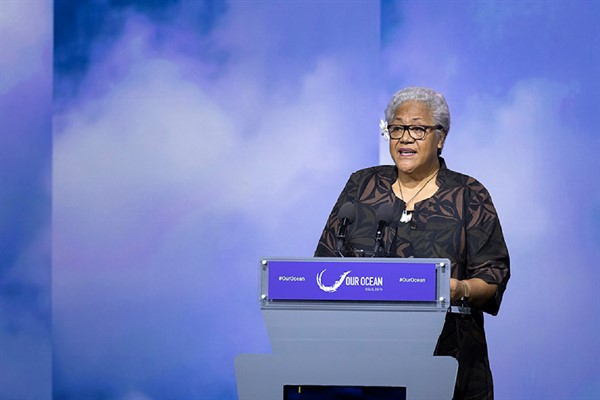After an unprecedented political crisis, Samoa finally has a functioning government, headed by the first female leader in the small Polynesian island nation’s history. Fiame Naomi Mata’afa had been scheduled to take office as prime minister months ago, but her predecessor, Tuila’epa Malielegaoi, tried desperately to cling to power. In the end, Samoa’s institutions held fast, making it a notable bright spot in a global landscape of democratic decline.
The country’s general election on April 9 was peaceful and orderly, but closely contested. Official results showed a tie, with Tuila’epa’s HRPP party and Fiame’s FAST party each taking 25 seats in the 51-member legislature. The contest was effectively decided on April 21, when independent lawmaker Tuala Tevaga losefo Ponifasio joined FAST, giving the party a slim majority. It was a historic outcome that ended the HRPP’s four-decade grip on power in Samoa.
But Tuila’epa, who had been in office since 1998, refused to concede, plunging Samoa into months of political turmoil, filled with cunning maneuvers, legal challenges, counter-challenges and defiant political theater.

